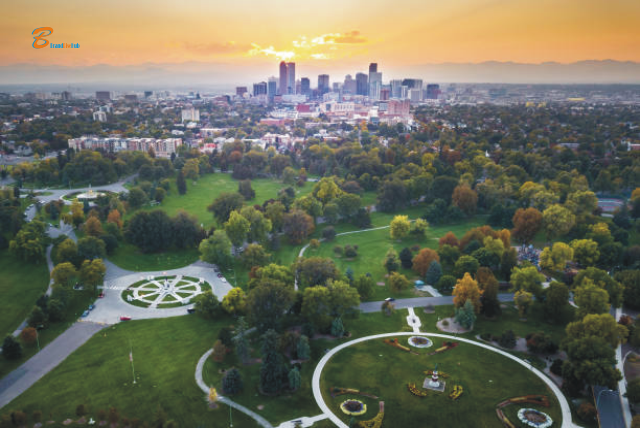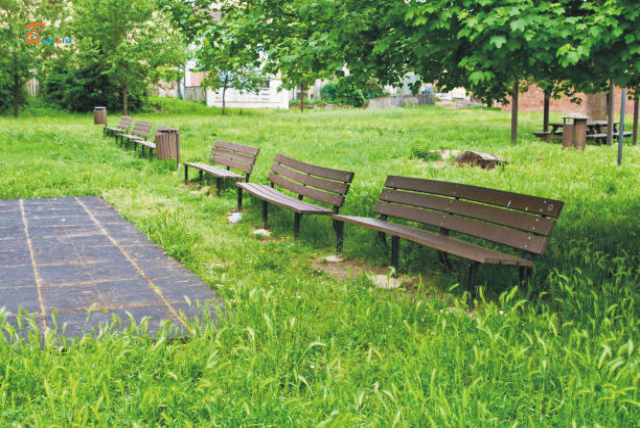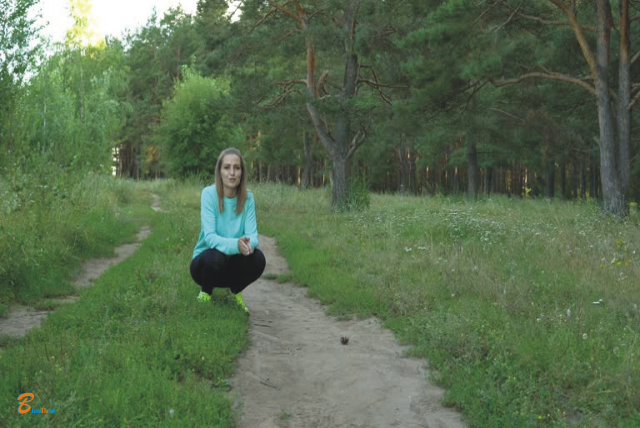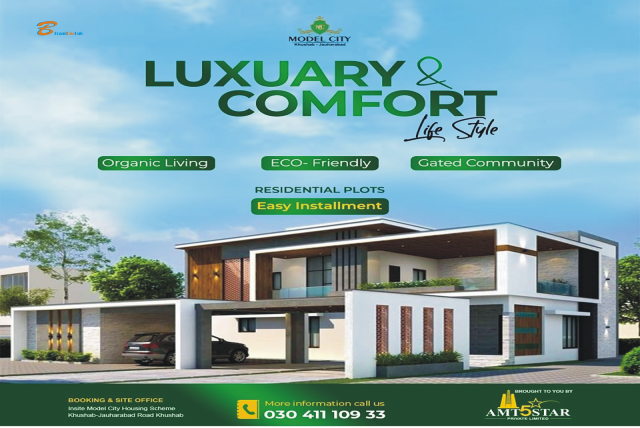Spending Time in Green Spaces | Boost Physical 2025
Contents
- 1 Introduction
- 2 FAQs About Spending Time in Green Spaces
- 2.0.1 1. Why are green spaces important for mental health?
- 2.0.2 2. How do green spaces impact physical health?
- 2.0.3 3. Can green spaces improve air quality?
- 2.0.4 4. How often should I spend time in green spaces?
- 2.0.5 5. Are green spaces beneficial for children?
- 2.0.6 6. Can spending time in green spaces help with sleep?
- 2.0.7 7. Are there any long-term benefits to spending time in green spaces?
- 2.0.8 8. How do green spaces promote social interaction?
- 2.0.9 9. Can green spaces help in reducing urban heat?
- 2.0.10 10. What types of activities can I do in green spaces?
- 2.1 Final Verdict
- 2.2 Share this:
- 2.3 Like this:
Introduction
Spending time in green spaces offers a refreshing escape from busy lives. These areas, whether parks, forests, or gardens, contribute to better physical and mental health. They offer a sense of calm and connection with nature. Green spaces can also improve community interactions and overall well-being. Many websites have information about this. But what I knew was written.
Green Spaces
Green spaces refer to areas covered with grass, trees, plants, and other natural elements. These include parks, gardens, forests, and nature reserves. They are designed for recreation, relaxation, or preserving biodiversity. Green spaces serve as a bridge between urban development and the natural environment. They give a peaceful retreat while promoting ecological balance.
Spending Time in Green Spaces: Key Factors to Consider
Accessibility
Green spaces should be easy to reach. Proximity plays a big role in how often people visit. Communities profit when these spaces are nearby. Walking or cycling options make them more appealing.
Safety and Maintenance
Safety encourages regular visits. Well-maintained areas feel inviting. Clean paths, proper lighting, and managed vegetation create a positive experience. Regular upkeep ensures people feel comfortable.
Activities and Facilities
Spaces with diverse features attract more visitors. Playgrounds, walking tracks, and seating areas add value. Spaces catering to all age groups foster better community use.
Health Benefits of Green Spaces
Spending time in green environments lowers stress. Studies show reduced blood pressure and improved mood. Green spaces also support physical activities like walking or jogging.
Green spaces offer many health benefits, both physical and mental. Time spent in natural settings promotes relaxation and reduces stress levels. Regular exposure to greenery helps lower blood pressure and improve cardiovascular health. Engaging in outdoor activities like walking or jogging in green spaces enhances fitness and boosts immunity.
On the mental health side, being in nature can alleviate symptoms of anxiety and depression. It improves focus, mood, and overall well-being. These spaces also encourage social interactions, which further contribute to emotional health. For children, green spaces enhance cognitive development and creativity.
FAQs About Spending Time in Green Spaces
1. Why are green spaces important for mental health?
Green spaces help reduce stress, anxiety, and depression. The natural environment promotes relaxation, boosts mood, and improves overall emotional well-being.
2. How do green spaces impact physical health?
Spending time in green spaces encourages physical activity, which improves cardiovascular health, strengthens muscles, and boosts immunity. It also helps reduce blood pressure.
3. Can green spaces improve air quality?
Yes, plants and trees in green spaces filter pollutants and release oxygen. They improve air quality and reduce harmful toxins in urban areas.
4. How often should I spend time in green spaces?
Spending at least 30 minutes in a green space several times a week can lead to noticeable improvements. Spending up to an hour further enhances the benefits. It benefits both mental and physical health.
5. Are green spaces beneficial for children?
Yes, green spaces foster children’s creativity, cognitive development, and physical activity. They also improve attention and can reduce symptoms of ADHD.
6. Can spending time in green spaces help with sleep?
Yes, exposure to natural light during the day can regulate sleep patterns. The calming environment of green spaces can also improve the quality of sleep.
7. Are there any long-term benefits to spending time in green spaces?
Long-term benefits include a lower risk of chronic diseases, improved mental health, stronger immune systems, and increased longevity.
Green spaces serve as community hubs where people can meet, share experiences, and engage in activities. This fosters a sense of belonging and reduces loneliness.
9. Can green spaces help in reducing urban heat?
Trees and plants in green spaces help cool down urban areas. They give shade and lower temperatures. This is especially important in hot climates.
10. What types of activities can I do in green spaces?
You can walk, jog, or cycle in green spaces. You can meditate, have a picnic, or engage in sports. Alternatively, you can relax and enjoy nature. These activities promote both physical and mental well-being.
Final Verdict
Green spaces offer essential benefits for individuals and communities. Accessible, safe, and activity-rich environments encourage regular visits. Their positive impact on health and well-being makes them valuable for everyone. Prioritizing green spaces in urban planning can lead to healthier, happier lives.










2 Comments